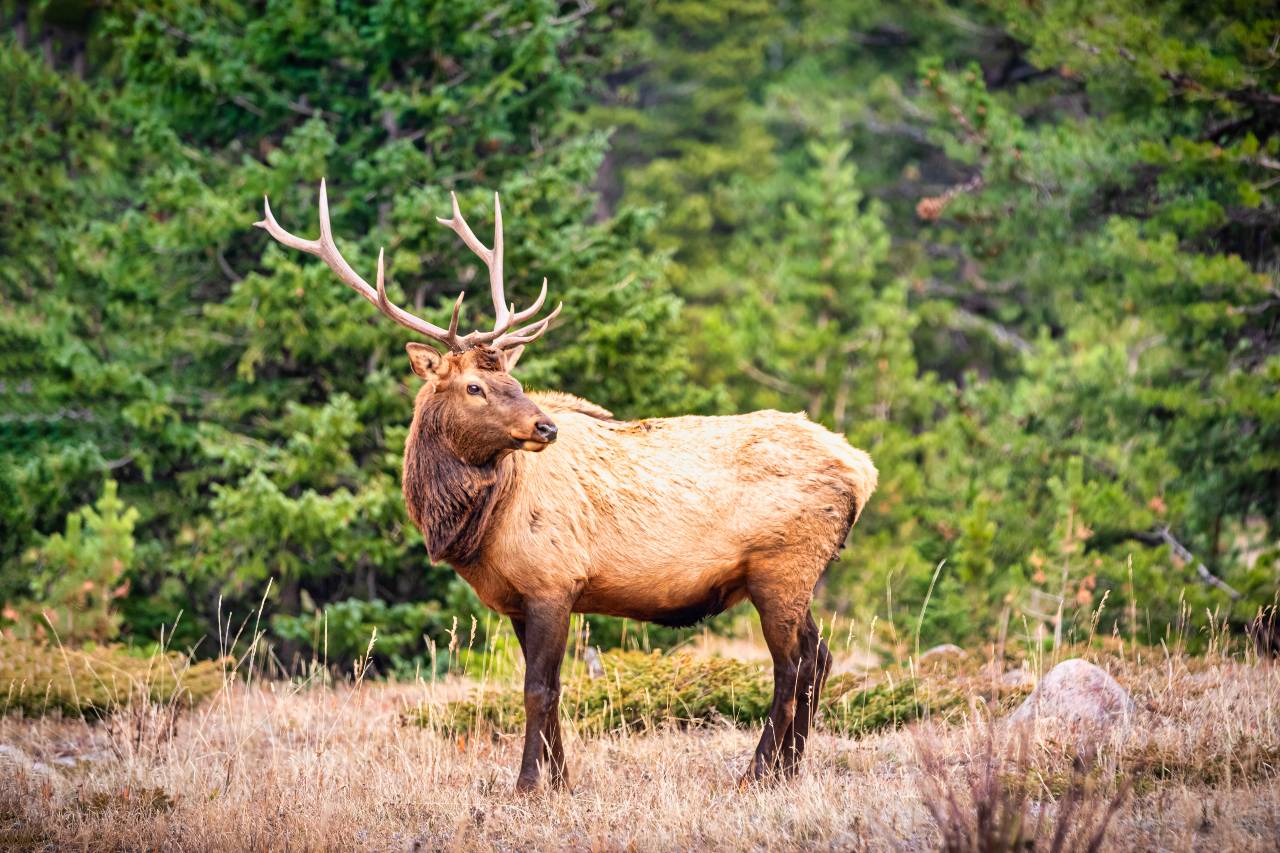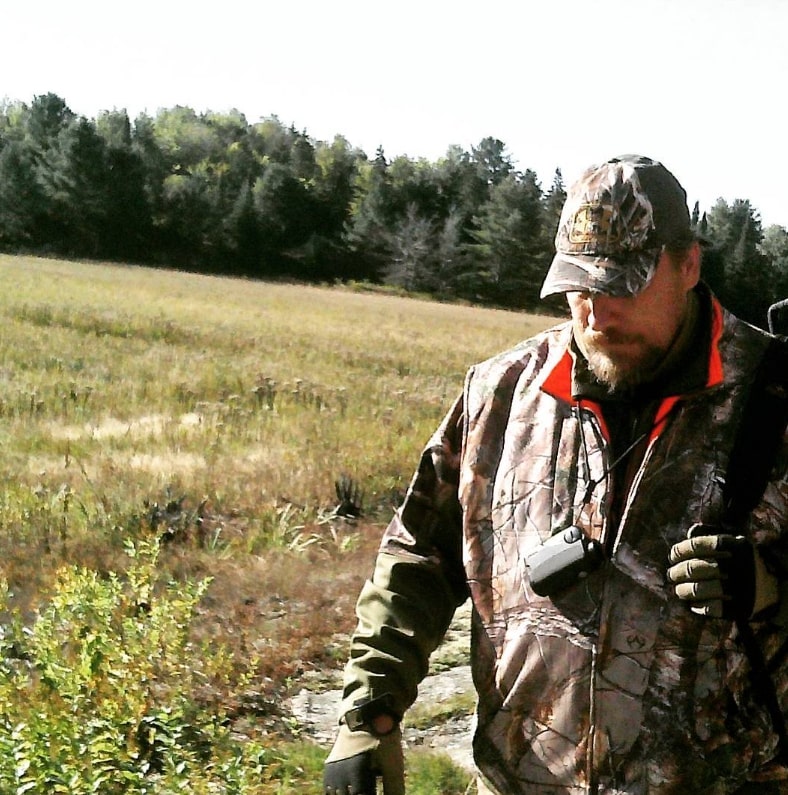Archery Elk Hunting


A Comprehensive Guide and Gear Checklist

Elk hunting is a truly dynamic and unpredictable activity that requires a hunter to be prepared for anything. Elk hunting can entail encountering unforeseen and sudden changes in the environment, such as unexpected shifts in weather conditions and animal behavior. Additionally, the terrain’s intricate and unpredictable nature can present challenges, even for the most skilled hunters, leading to a sense of bewilderment.
Preparing for the Hunt:
Elk hunting requires careful preparation, which starts well before the actual hunt. It is important to conduct extensive research on the area you plan to hunt in and to gain an understanding of the elk’s behavior and habitat. This knowledge will help you select the most suitable equipment and develop a hunting strategy that maximizes your chances of success.
Research the Area:
Before you even start packing your gear, you need to do a thorough study of the area you plan to hunt. This includes identifying the best hunting spots, comprehending the terrain and weather conditions, and obtaining any necessary permits and licenses. You must be well-informed and knowledgeable about the place you’re planning to go hunting in to ensure a successful hunt.
Understand the Elk’s Behavior and Habitat:
Elk are incredibly adaptable animals that can survive in various habitats, including forests, meadows, and mountains. However, they have specific needs for food, water, and shelter, which can vary depending on the season and the location. Understanding their behavior and habitat is essential for selecting the most appropriate hunting tactics and gear.
Choose the Right Hunting Equipment:
Selecting the right hunting equipment is crucial for a successful elk hunt. You need to prepare a comprehensive gear checklist to ensure you have everything you need to make your hunt a success. Here are some essential items that should be on your checklist:
Hunting Rifle: A high-powered rifle is crucial for taking down an elk. Choose a rifle with a caliber of at least .30 and a scope with a magnification of 3x-9x or higher.
Ammunition: Choose high-quality ammunition that is specifically designed for big game hunting. Make sure you bring enough ammunition for multiple shots.
Hunting Knife: A sharp, sturdy knife is essential for field dressing and processing an elk.
Binoculars: Good quality binoculars are crucial for scouting the area and spotting elk from a distance.
Range Finder: A range finder is helpful for determining the distance to your target.
Backpack: A durable backpack with enough capacity to carry your gear and any harvested meat.
Clothing: Choose warm, waterproof clothing that is suitable for the season and the terrain.
Boots: Good quality, waterproof boots with good ankle support are essential for navigating the rugged terrain.
Headlamp: A reliable headlamp with extra batteries is essential for navigating in low light conditions.
GPS: A GPS unit or smartphone app is helpful for navigating the area and marking waypoints.
Emergency Kit: Bring a basic first aid kit, emergency shelter, and survival gear in case of an unexpected emergency.
Develop a Hunting Strategy:
Once you have your gear, it’s time to develop a hunting strategy. This involves scouting the area, identifying potential hunting spots, and understanding the elk’s behavior patterns. Here are some tips for developing a successful hunting strategy:
Scout the Area: Spend time scouting the area before the hunt to identify potential hunting spots and elk behavior patterns.
Be Patient: Elk hunting requires patience and persistence. Be prepared to spend several days in the field to increase your chances of success.
Hunt During the Rut: The rut, or mating season, is the best time to hunt elk because the bulls are more active and vocal, making them easier to locate.
Use Calls: Elk calls can be used to mimic the sounds of elk and attract them to your location. Practice using different calls before the hunt to improve
Scouting the Area
Scouting the area before the hunt is essential for a successful elk hunt. It is recommended to spend several days in the field to identify potential hunting spots, elk behavior patterns, and the overall terrain. Pay attention to any signs of elk activity, such as rubs, tracks, and droppings. Elk typically feed and bed in different areas throughout the day, so it’s important to identify their patterns to increase your chances of a successful hunt.
Understand Wind Direction
Elk have a keen sense of smell, and wind direction can make or break a hunt. Always hunt with the wind in your favor and be aware of any changes in wind direction. It’s also important to avoid making any sudden movements that could alert the elk to your presence.
Use Terrain to Your Advantage
Elk are more active during the early morning and late afternoon, so focus your hunting efforts during these times. Use natural terrain features, such as ridges and valleys, to your advantage to get closer to your target. Be careful not to skyline yourself, which means placing yourself on top of a ridge or hill where you can be easily seen by the elk.
Stay Safe
Hunting can be dangerous, and safety should always be a top priority. Always hunt with a partner and let someone know your hunting plans, including the area you plan to hunt, your expected return time, and your contact information. Make sure to follow all safety guidelines and regulations, including wearing hunter orange and carrying the necessary licenses and permits.
Conclusion
Elk hunting is a challenging and rewarding outdoor activity that requires careful preparation, patience, and persistence. Understanding the elk’s behavior and habitat, choosing the right equipment, and developing a hunting strategy are essential for a successful hunt. Always hunt ethically, respect the environment, and stay safe.




